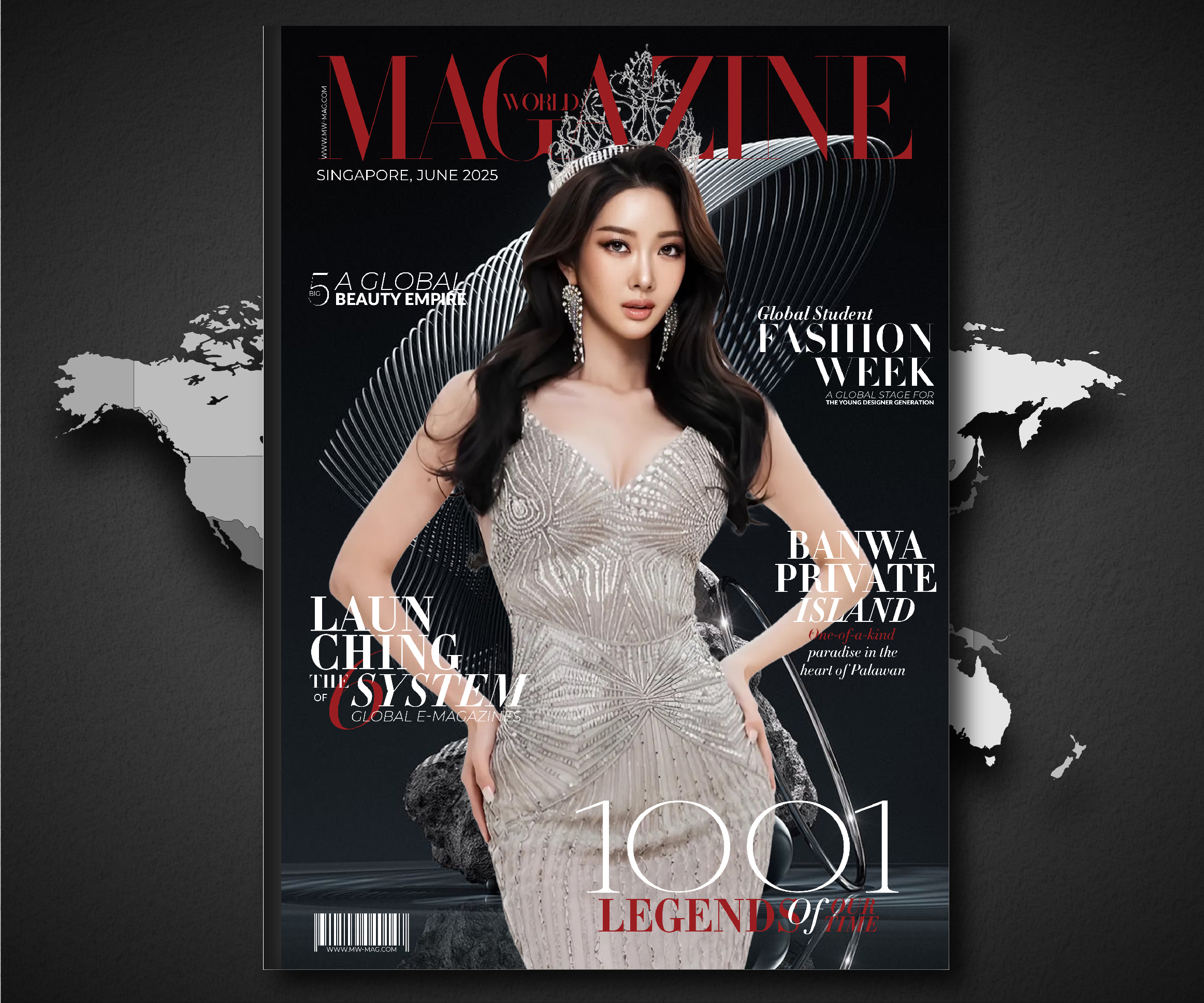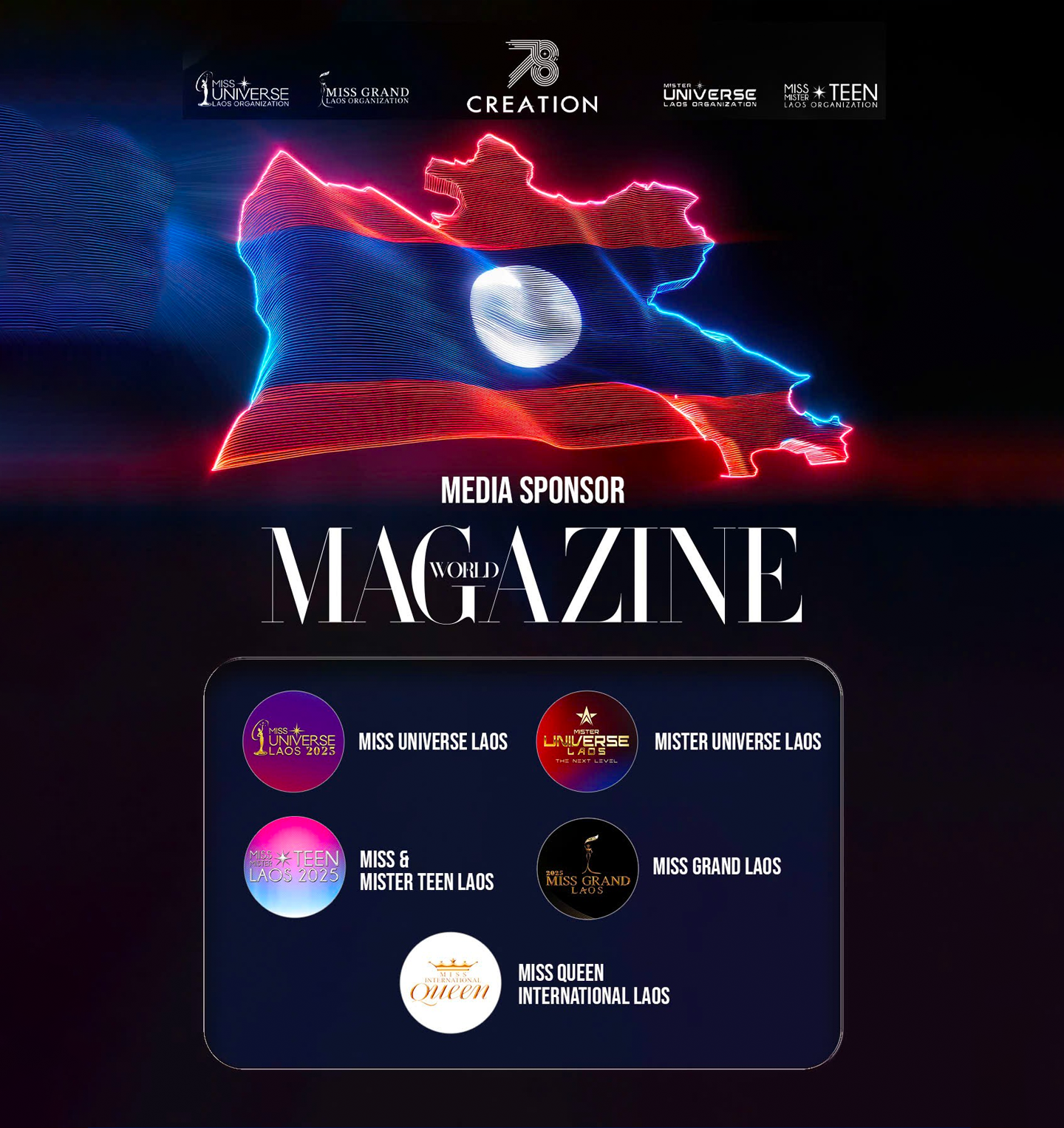Meghan Markle’s surprise appearance at Paris Fashion Week 2025 for the Balenciaga Womenswear Spring/Summer 2026 show was intended as a powerful fashion statement, a confident debut on one of the world’s most prestigious stages. Dressed head-to-toe in a sleek, all-white ensemble with a dramatic cape, the Duchess of Sussex looked every bit the modern style icon. Yet, the moment of elegance quickly dissolved into a storm of controversy. While her team confirmed her attendance was an act of personal support for her long-time friend, new Creative Director Pierpaolo Piccioli, critics immediately resurrected the brand’s severe 2022 advertising scandal. The choice of Balenciaga, a label associated with highly inappropriate imagery, triggered a torrent of accusations of profound hypocrisy, directly conflicting with the Duchess’s public advocacy for children’s welfare and mental health through her foundation work.
The Controversial Debut on the Seine
The Duchess of Sussex’s presence at the Balenciaga show was a notable event, marking both her first-ever appearance at Paris Fashion Week and her first trip to Europe since the Invictus Games in 2023. She arrived looking flawlessly “minimalist yet luxe,” stepping out in a full Balenciaga outfit that garnered immediate attention. The ensemble featured a flowing white cape elegantly layered over a matching button-down shirt and wide-legged trousers. Her look was polished with a sleek, slicked-back low bun, minimal jewellery—a single gold necklace and small diamond earrings—and stark black accessories, including a rectangular clutch and sharp pointed-toe heels.

A spokesperson was quick to frame the attendance as a personal gesture, emphasizing the close relationship between the Duchess and Pierpaolo Piccioli, who had recently assumed the role of Creative Director for the House. The statement affirmed that Meghan “has long admired Pierpaolo’s craftsmanship and modern elegance” and that the evening reflected “years of collaboration and friendship” that had led to the designer working with her on key moments on the world stage over the years. This narrative sought to position the appearance as a personal choice to support a friend’s professional milestone, distinct from a full endorsement of the entire brand history.
While a contingent of fans online immediately lauded her “effortlessly classy” and “magnificent” style, the choice of designer quickly became the dominant talking point. The internet’s scrutiny was relentless, with critics swiftly pointing out the brand’s lingering reputational issues. Even the outfit itself became fodder for some online trolling, with cheeky comparisons being drawn to “bed sheets,” “Olive Oyl,” or being “covered in Vaseline,” momentarily eclipsing the elegance the ensemble was intended to convey.
The Ghost of the 2022 Ad Scandal

The source of the most severe backlash was the dark shadow of the 2022 Balenciaga advertising scandal, which remains one of the most condemned incidents in recent fashion history. The controversy stemmed from two separate but related photoshoots that were globally condemned for their inappropriate content. The first, a “Gift Shop” campaign, featured young children models holding the brand’s plush teddy bear handbags. The issue lay in the fact that these cute accessories were dressed in bondage-inspired gear, leading to widespread accusations of the sexualisation of minors.
The outrage was further intensified by a second, more sinister image from the “Garde-Robe” campaign. This photo featured a bag placed prominently on top of what appeared to be poorly disguised legal documents. Upon closer inspection, these documents were identified as a US Supreme Court opinion related to a child pornography case. Critics argued that the deliberate inclusion of such imagery blurred moral boundaries, symbolised an exploitative subtext, and demonstrated a complete lack of ethical judgement from the high-fashion label.

The fallout from this incident was immediate and devastating. Balenciaga was forced to swiftly remove the campaigns, issue public apologies, and even file a substantial lawsuit against the production company behind one of the shoots. However, the reputational damage was global and sustained. High-profile figures who were frequent collaborators, such as Kim Kardashian, publicly stated that they were “re-evaluating” their relationship with the brand, while calls for a permanent boycott echoed across social media platforms. The scandal etched a permanent stain onto the brand’s identity, a stain that was instantly resurrected by the Duchess of Sussex’s visible patronage.
The Hypocrisy Accusation
The central, most damning thrust of the criticism aimed at Meghan Markle focused on the accusation of “baffling lack of self-awareness” and profound hypocrisy. The Duchess and her husband, Prince Harry, have spent years cultivating a public identity centred on progressive causes, frequently championing the safety, mental well-being, and protection of children through their Archewell Foundation. Critics argued that attending an event for a company whose recent history involved such a shocking scandal directly undermined their stated values.
Online users were quick to draw this direct line, with many commentators arguing that the Duchess’s actions “betray their own messaging.” The widely shared sentiment questioned the integrity of her public platform: “For someone who campaigns for child safety through her foundation, attending a Balenciaga show is the height of hypocrisy,” wrote one critic. The attendance, in this narrative, was not viewed as a simple fashion choice but as a commercial endorsement that conflicted fundamentally with her stated humanitarian mission.

For a couple who have repeatedly cited integrity and authenticity as cornerstones of their public life post-royal exit, this incident proved particularly damaging. The backlash suggested that critics believe the Duchess’s choices are primarily driven by ego and a desire for high-profile luxury association, rather than the “life of service” and ethical commitment she and the Duke profess. The decision to associate with Balenciaga, regardless of the personal friendship, allowed detractors to frame her actions as a complete contradiction of the values she publicly promotes.
The Pressure of Public Advocacy
The intense scrutiny faced by the Duchess highlights the immense pressure and near-impossible balancing act required when public advocacy intersects with high-stakes commercial interests. By stepping into the public arena as a powerful, modern woman seeking to “turn each appearance into a declaration of identity and personal values,” as her team often suggests, every choice, from the earrings she wears to the designer she supports, becomes a loaded political and ethical statement.

While Meghan has previously spoken about using her platform to bring attention to either established fashion houses or deserving young brands, her choice of Balenciaga in this moment was the one that generated the most attention—but entirely for the wrong reasons. Her intention to support a personal friend was completely overshadowed by the brand’s lingering scandal, illustrating how easily a powerful narrative can be hijacked by a company’s past missteps.
This incident serves as a stark reminder that in the hyper-connected, unforgiving landscape of celebrity and royalty, the Duchess’s actions are consistently viewed through the lens of her foundation’s mission. The balancing act between personal friendship, commercial opportunity, and a public identity founded on unimpeachable integrity proves to be her most consistently difficult challenge, requiring a level of foresight that was demonstrably lacking in the decision to attend the Balenciaga show.
An Unwanted Additional Controversy
Compounding the intense scrutiny over the Balenciaga appearance, the Duchess also faced an entirely separate but equally vitriolic controversy during her brief time in the French capital. An unforced error occurred when a video, reportedly posted to her own social media, showed her “relaxing” in a limousine with her feet up. The footage captured her car passing close to the Pont d’Alma tunnel, the infamous location where her late mother-in-law, Princess Diana, died in a fatal crash in 1997.
This secondary controversy immediately intensified the existing backlash, adding a layer of royal family drama to the fashion brand scandal. Critics quickly framed the footage as deeply insensitive and profoundly “disrespectful” to the memory of Princess Diana. The online outrage suggested that the act, intentional or not, revealed a “complete moron” or an “evil” lack of care for the memory of Prince Harry’s mother.
The combination of the two incidents ensured that Meghan Markle’s first appearance at Paris Fashion Week was not merely a glamorous fashion moment, but a globally debated, double-barreled controversy. The ethical clash over Balenciaga, merged with the accusation of disrespect toward the late Princess, cemented her solo trip to the French capital as a high-stakes, high-failure public relations moment.




